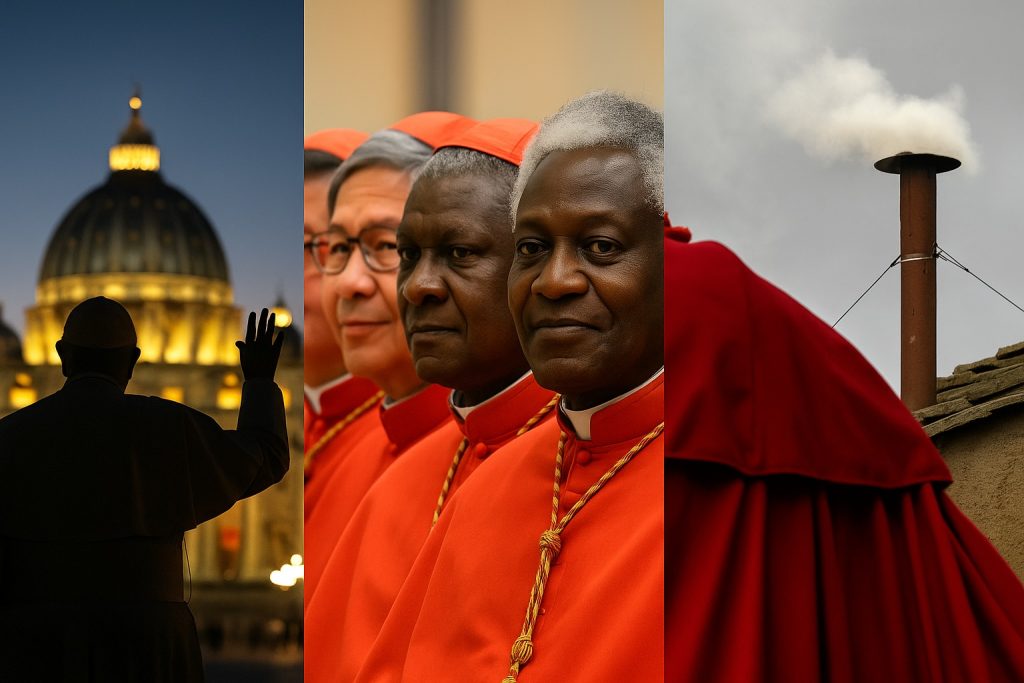Procedural fairness in the workplace – a Hug, a Camera, and a Chain Reaction.
At a Coldplay concert in Massachusetts, the stadium’s Kiss Cam landed on two people who looked close. One was Andy Byron, CEO of the tech firm Astronomer. The other, Kristin Cabot, was the company’s Head of HR. Both are married, just not to each other.
There was no kiss. Just a hug, a joke from Chris Martin, and a brief pause before the camera moved on. But the internet didn’t.
Within hours, people found their names, roles, and relationship status. Within days, Byron resigned. Cabot was placed on leave. No official statement explained why. But something about the moment had already stuck.
Procedural fairness in the workplace – This Wasn’t About Cheating
The reaction wasn’t about infidelity, and it wasn’t because the internet is secretly conservative. It was about fairness, and what it looks like when that fairness feels compromised (We unpack that toll in more detail here: Emotional Survival and Other Things We Don’t Admit Wanting)
In organizational theory, this is what’s known as a perceived violation of procedural fairness, when people in power appear to bypass the standards they enforce on others. Even if no policy was broken, the appearance of closeness between a CEO and the Head of HR triggered a breach of trust.
Not romantically, structurally, who gets promoted, who gets protected, whose complaints go nowhere.
Procedural fairness in the workplace – When Power Becomes Visible
These are the quiet consequences of informal power. Most of the time, they go unnoticed. This time, they didn’t. The online reaction wasn’t outrage, it was pattern recognition.
Sociologist Erving Goffman said public life is performance. People in high-trust roles, like CEO and HR, are expected to manage not just outcomes, but perception. When those roles appear compromised, even momentarily, the system underneath them gets questioned.
That’s what happened here.
Why It Stuck
The moment became a case of symbolic convergence, where a simple, shared image resonates across people’s individual experiences. A concert hug became a shortcut to every workplace where things felt rigged. Every promotion that didn’t make sense. Every manager who looked the other way.
What followed was projective judgment: people filling in the gaps with their own histories, with soft bias, quiet favoritism, and power that moves without explanation. The reaction wasn’t about these two people specifically. It was about the larger story they accidentally embodied.
This didn’t go viral because it was dramatic. It went viral because it felt true.
Not because people are moral purists, but because most people, at some point, have wondered whether the system was ever really neutral. And here, the performance slipped just enough to confirm those doubts.
You don’t need a formal scandal for that to matter. Just one moment where power forgets it’s being watched.
And honestly, someone should’ve said: not at Coldplay.
References
Bormann, E. G. (1985). Journal of Communication, 35(4), 128–138. https://doi.org/10.1111/j.1460-2466.1985.tb02265.x
Colquitt, J. A., Conlon, D. E., Wesson, M. J., Porter, C. O. L. H., & Ng, K. Y. (2001). Journal of Applied Psychology, 86(3), 425–445. https://doi.org/10.1037/0021-9010.86.3.425
Krämer, N. C., & Winter, S. (2008). Journal of Media Psychology, 20(3), 106–116. https://doi.org/10.1027/1864-1105.20.3.106
What Still Matters
Even in a culture built for speed and survival, some things still land: fairness, care, and the quiet hope that someone might understand. These pieces explore the emotional undercurrents we’re all still carrying.
What it costs to hold it together — and why composure isn’t the same as safety.
Joy metrics don’t count invisible labor. This piece explains why that still hurts.
When even kindness starts to feel like work, we don’t get mean — we get tired.
Survival doesn’t always look like noise. Sometimes it looks like staying quiet and staying alive.







